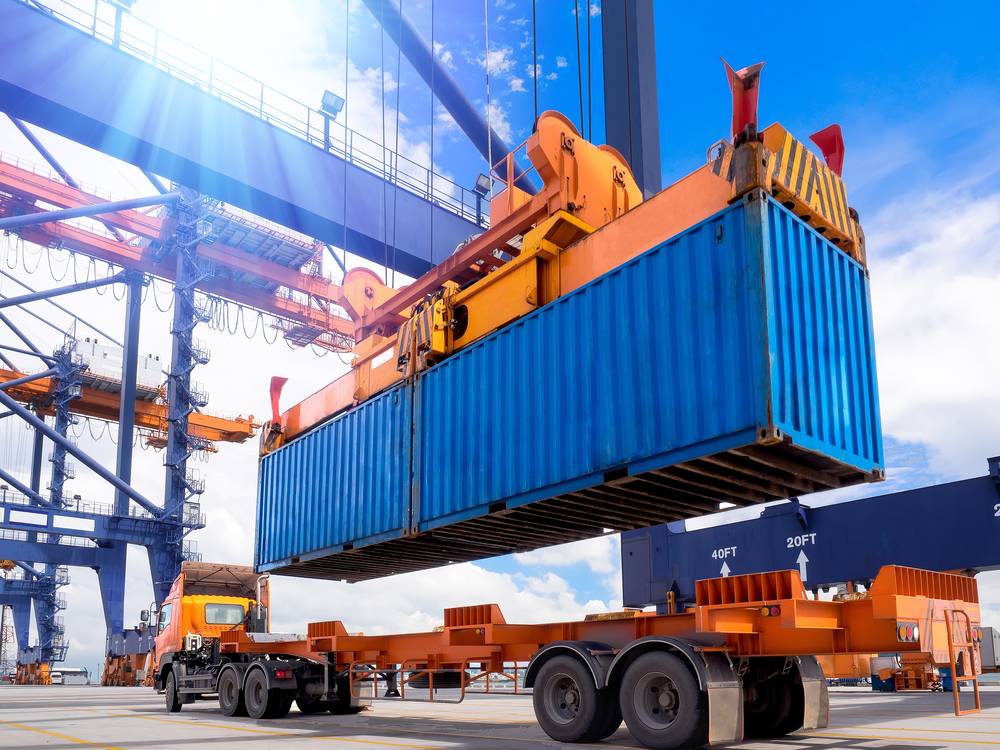
US import rates poised for rebound as congestion worsens

All-inclusive container shipping rates from North Asia to North America are increasingly likely to rebound in November as port congestion and supply chain gridlock countered other bearish indicators.
The October downturn in trans-Pacific eastbound premium surcharges was already being reversed by the end of the month. Although Freight All Kinds rates were expected to remain flat on Nov. 1, shipping lines were asking $10,000-$12,000/FEU for North Asia-to-West Coast North America shipments and $14,000-$16,000/FEU for the North Asia-to-East Coast North America route, including premium service fees.
Shippers became more averse to paying premium rates earlier this month as their chances of getting goods on store shelves or in distribution centers for holiday shopping season were diminished by widespread US shortages of trucks, chassis, warehouse space and labor. Cargo owners were also concerned that power shortages in China would impact factory production and the earnings that supported high freight rates.
But focused shifted this week to deliveries slated for early next year as the North American supply chain buckled under the strain of cascading import volumes.
“The period of trans-Pacific softness is over,” a US-based freight forwarder said. “More ships are being diverted to the East Coast to avoid congestion on the West Coast, and there is still a lot of demand for consumer goods.”
There were 76 ships at anchor near the Los Angeles-Long Beach port complex on Oct. 28 or drifting nearby in the San Pedro Bay, according to Platts cFlow trade analytics software. Terminals there were piling-up with containers so quickly that the ports will begin issuing hefty surcharges from Nov. 1 if they do not meet strict deadlines in removing their cargoes.
Ships were waiting 10-20 days to berth at Los Angeles-Long Beach and up to 28 days at Seattle-Tacoma, where growing stacks of empty containers destined for return to Asia pushed yard utilization to 120%, according to a Maersk advisory on Oct. 20. MSC announced Oct. 27 that it would omit port calls at Seattle indefinitely to avoid such delays.
“Ports are being overloaded with empties they can’t move, which is going to create a major equipment shortage in Asia in about four-six weeks,” another US freight forwarder said. “That could spur a further rebound in premium rates early next year.”
Shippers from North Asia to South America were also increasingly burdened with having to pay additional surcharges for space protection, which in practice were analogous to premium service fees. All-inclusive rates from China to Chile, which has suffered from a dearth of services lately, were offered as high as $17,000/FEU despite FAK rate quotes in the $11,000-$12,000/FEU range for the same route.
Shipping lines cut out ex-China ports in Asia
All-inclusive premium rates from Southeast Asia to North America were rangebound during the week as most shippers have already made bookings for the pre-Christmas sale and the rush to sail goods has slightly eased. But persistent port congestion, delays and equipment shortages prevented rates from moving lower.
Premium rates charged by shipping lines from Southeast Asia to East Coast North America were heard at $19,000-$20,000/FEU, while rates to West Coast North America were in the $16,500-$17,000/FEU range. Some co-loaders offered all-inclusive rates at $9,000-$12,000/FEU to West Coast North America and $13,000-$16,000/FEU to East Coast North America.
Co-loaders buy space on ships in advance and sell it at higher rates with a huge profit margin. The fact that they were offering lower rates than shipping lines reflects the dip in demand, a source based in Singapore said.
The quality of co-loader services is often less than what a shipper would get from a major shipping line, which is why many shippers avoid making bookings with co-loaders, the source said. But even co-loader rates may start rising again in November due to urgency of shipping goods before Lunar New Year in February, although a return to September peak levels of $25,000/FEU appears unlikely for now.
The service quality factor becomes even more crucial in the current scenario as major ports across the globe are grappling with severe congestion.
“Huge pileups and long queues at ports across the US continue to have a cascading impact on major ports in East China,” an industry source said.
Container volumes at Shanghai port continued their upward climb to a record 34.8 million twenty-foot equivalent units in January-September, up 9.9% over the same period last year, data from China’s Ministry of Transport showed.
Across all ports in China, container volumes in September dropped 2% month on month to 24.3 million TEUs. But the January-September figure was up 9.5% year on year to 211 million TEUs.
According to Platts cFlow data, the queue of ships waiting at anchor in the Shanghai Region Queue dropped to 23 ships on Oct. 29 from 61 on Oct. 1, while the line-up at the Ningbo-Zhoushan Anchorage inched up to 46 from 44 at the start of October.
In Vietnam and Singapore, port congestion has slightly improved but shippers continue to face equipment shortages.
“Marine lines want to load maximum cargoes from China, so they are cutting capacity in Vietnam and other [ex-China] Asian ports,” a freight-forwarder based in Vietnam said. “It’s very difficult to get space for intra-Asia shipments.”
Shippers face similar challenges in South Asia as low-capacity deployment led to rate increases.
Premium surcharges for India-to-US East Coast shipments were heard at $2,000-$3,000/FEU on top of FAK rate, up from $1,000-$1,500/FEU at the start of the month. All-inclusive premium rates for the route are totaled around $20,000/FEU compared with $16,000/FEU in the first week of October.

